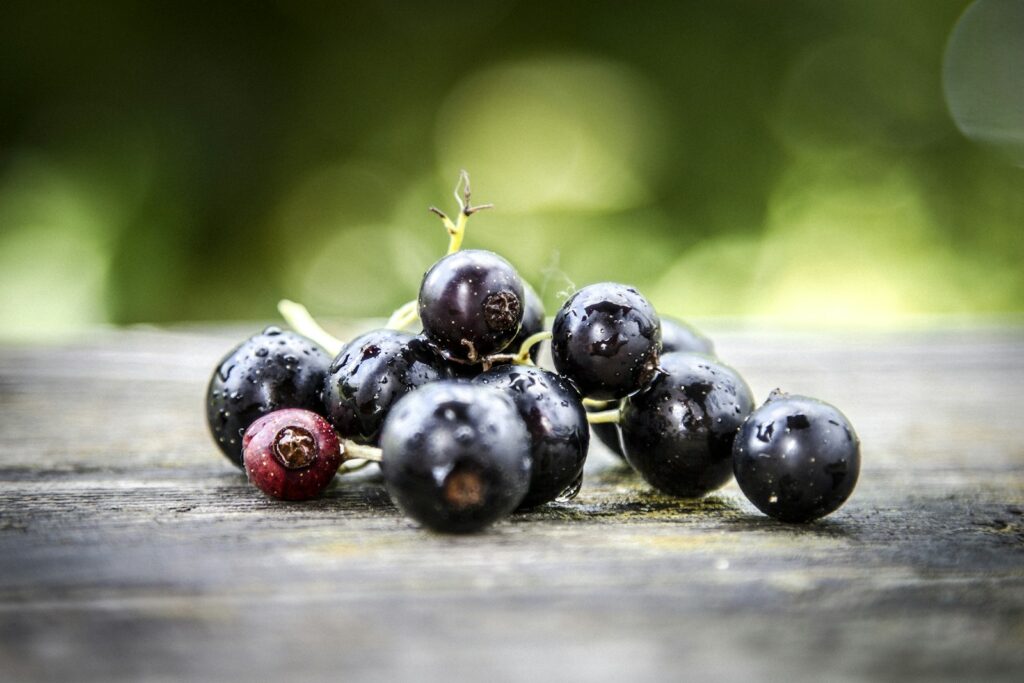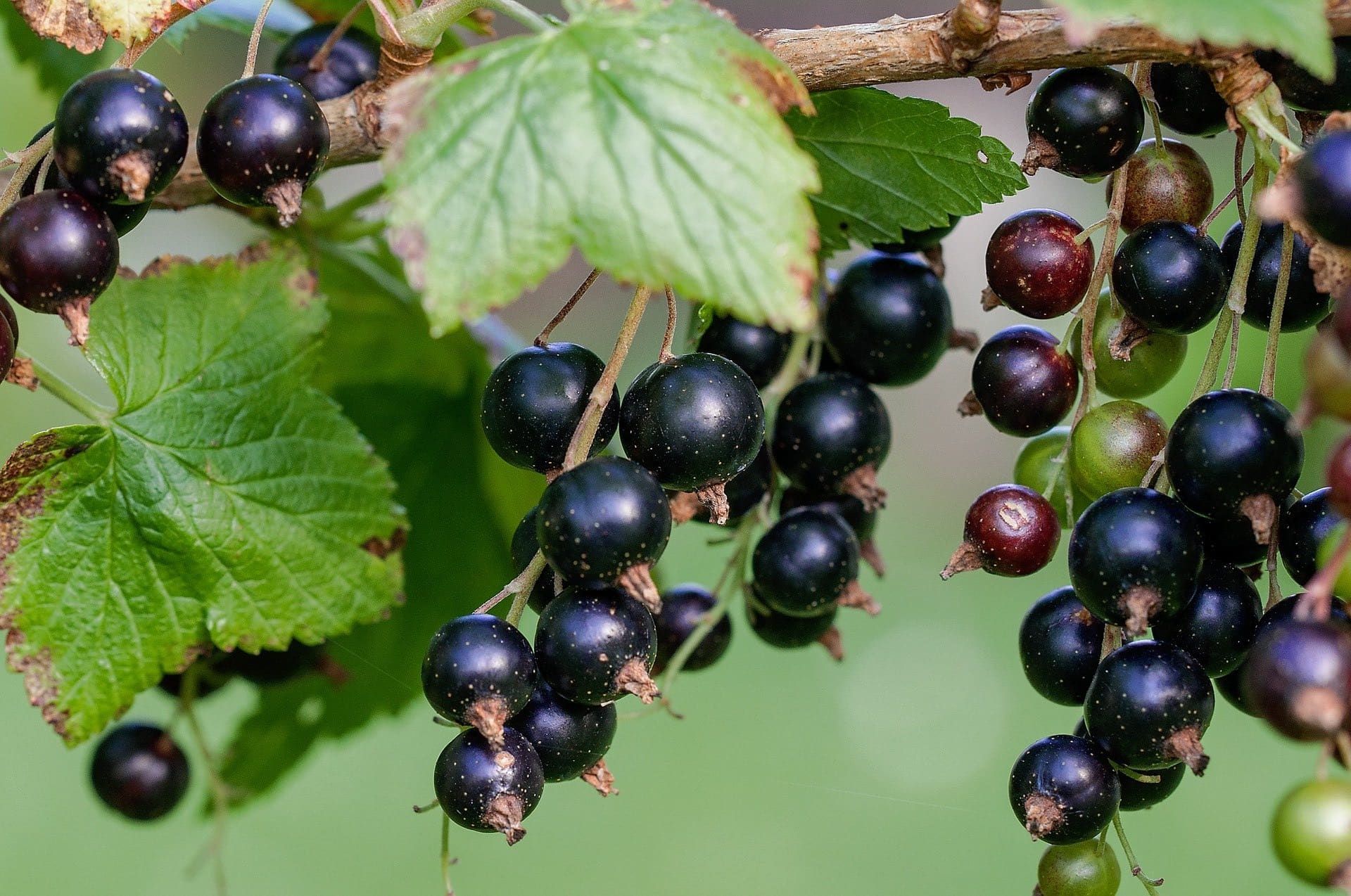
Imagine, for a moment, a fruit so common, so beloved across an entire continent, yet virtually unheard of in another, despite having once thrived there. It sounds like a riddle, perhaps a tale from a forgotten epoch, but it is, in fact, the curious reality of the blackcurrant in America. While these juicy, piquant berries are a staple in European pastries, teas, and kitchens, only a faint hint of their flavor has ever graced the palates of U.S. citizens. Indeed, it has been estimated that fewer than 0.1% of Americans have ever tasted one, a stark contrast to their widespread appreciation across the Atlantic, where a staggering 99% of all Ribes, the genus to which blackcurrants belong, are produced.
Yet, this was not always the case. Long before it became an enigmatic stranger on American soil, the blackcurrant enjoyed a robust presence. When British settlers crossed the vast expanse of the Atlantic in the 17th century, they brought with them cherished mementos of home, and among them were blackcurrant plants. These were not just ordinary crops; they were a comforting reminder of familiar lands, a bridge between the old world and the new. Their inherent qualities, such as being “shade – tolerant, cold – hardy, and bountiful,” enabled them to flourish, fitting seamlessly alongside their numerous native cousins that had long been revered by Indigenous peoples for their potent medicinal properties.
As the nascent American nation grew, so too did the blackcurrant’s role in its diet. The berries, with their distinctive balance of sweet and tart, found their way into daily meals, cooked into delectable jams and sauces, or simply savored fresh by those who appreciated their unique pucker. This embrace of the blackcurrant was not merely a quaint domestic trend; it evolved into a significant agricultural pursuit. By the turn of the 20th century, the United States boasted an impressive “7,400 U.S. acres in commercial production,” a scale that, remarkably, once “rivaled the modern blackberry industry.” It seemed the blackcurrant was destined to become an enduring mainstay of American agriculture.

However, a looming shadow loomed over this promising future, arriving in the form of another import from Europe, one that proved far less benign than the berry itself. This new arrival heralded an unforeseen doom for the flourishing blackcurrant industry: “white pine blister rust,” a parasitic fungus known scientifically as Cronartium ribicola. This insidious pathogen had traversed the Atlantic, being surreptitiously carried on infected pine seedlings. The cruel irony was that this fungus, while relatively harmless to the blackcurrant itself—causing only minor leaf loss—was devastatingly lethal to the majestic white pines that dotted the American landscape.
The unique and unfortunate aspect of this fungus was its biological prerequisite: it required two distinct host plants to complete its life cycle. While it inflicted fatal damage on pine trees, it could not spread directly from one pine to another. Instead, it depended entirely on Ribes plants, with the blackcurrant being its most favored and efficient conduit. Spores from infected Ribes bushes would be “carried on the wind to neighboring pines,” which would then become infected and, in turn, “send out distinct spores of their own in search of Ribes hosts to continue their spread.” This meant that the blackcurrant, once a cherished crop, inadvertently became an essential stepping – stone in a deadly chain of infection.
The stakes could not be higher. At the time, the nation’s white pine forests were an indispensable economic pillar, fueling a burgeoning timber industry whose sales were vital for the continued development of the U.S. as it was then. The memory of the “Chestnut blight [that] had ravaged the hardwood forests of America in the late 19th century” was still vivid and alarmingly potent, creating a profound sense of urgency. Faced with what appeared to be an imminent, widespread devastation to a critical national resource, the federal government found itself at a crossroads, confronted with an impossible choice: protect the blackcurrant or save the white pine.
Product on Amazon: Tiptree Black Currant Preserve, 12 Ounce Jar
Brand: Visit the Tiptree Store
Price: 6.73 USD
Rating: 4.5 Total reviews: 20600
Package Information: Jar,Jars
Number of Items: 1
Flavor: Black Currant Preserve
Item Weight: 12 Ounces
Features:
1. Easy to spread, enjoy this preserve on toast, biscuits, muffins, pastries or even as a cake filling. Pairs well with Spicy Blue Cheese, Feta, Aged Parmesean, or Sharp Cheddar.
2. Ingredients: Black Currant Juice, Sugar, Gelling Agent: Citrus Pectin. Acidity Regulator: Sodium Citrate. Gluten free, made in a nut free factory, suitable for vegetarians and vegans.
3. 12 ounce jar.
4. The Wilkin family has been farming in Tiptree, Essex, since 1757, and making quality preserves since 1885. Majority of the fruit used in Tiptree jars are grown on their own farm, ensuring fruit is hand picked with care at the most optimal time.
Top Review from US: “This is amazing stuff. I love black currant flavor, but I’ve never found it in the jelly/jam aisles at any grocery store I’ve ever been to.First let me say I don’t buy the “gourmet” anything because the price is too high generally. But I thought I’d give this a try, because I’ve never come across black currant jelly/jam before.👍👍👍👍 This stuff is absolutely lucious! It has actual fruit in it. Whole fruits. And the sugar level is much lower than I’ve come to know in other jams/jellies/preserves. I actually can taste fruit over sugar.Now I’m hooked.”
Shopping on Amazon >>
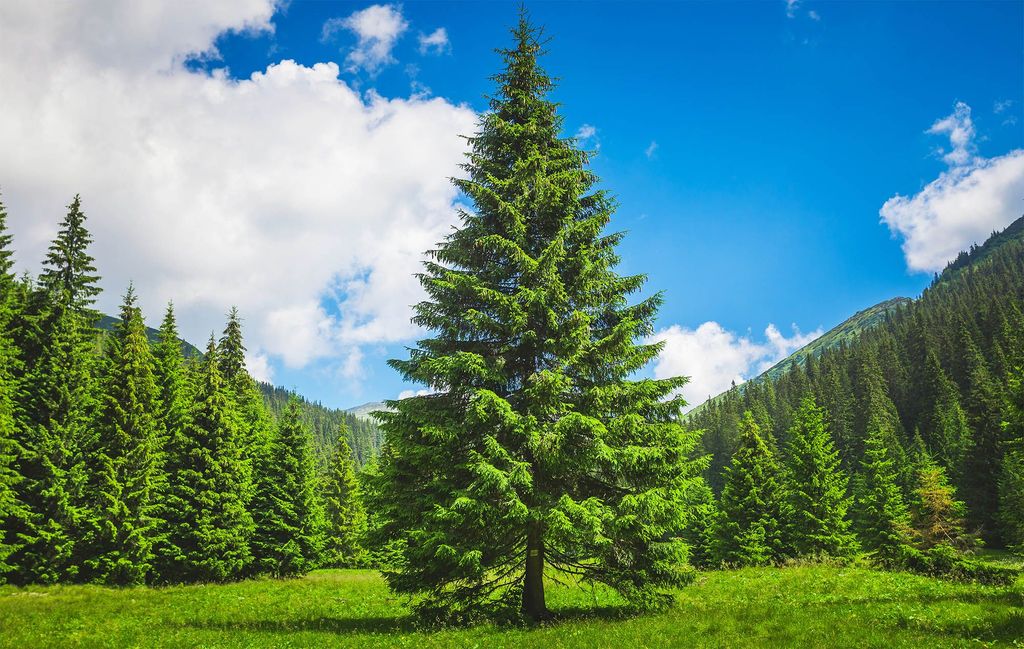
Unsurprisingly, given the vast economic implications and the perceived existential threat to its timber industry, the nation opted to protect its pines. This decision, made in the early 20th century, marked the commencement of a relentless federal campaign. The U.S. government took an unprecedented step by making it “illegal to cultivate blackcurrants and allocating resources to eradicate all Ribes plants from the environment.” The first ominous signs of this battle emerged in “1909, when a stand of white pines in Geneva, New York, began showing signs of sickness,” with their branches “swollen and dotted with yellow, elongated cankers,” unmistakable hallmarks of the fungal invasion.
The response was prompt and uncompromising. By “1912, the first domestic plant quarantine was implemented,” effectively banning “the sale and cultivation of black currants and other Ribes plants, including red and white currants and gooseberries.” Just a few years later, a massive “blister rust control program was established,” channeling an initial “$400,000 a year into containment and eradication.” This was not a passive measure; it was an all – out war declared on an innocent berry, which was framed as an enemy of the state’s economic stability.
The eradication effort was truly a monumental undertaking, mobilizing the entire populace. “Homeowners were requested to remove their currants to halt the spread,” transforming private gardens into battlegrounds. Each summer, with the precision of a military campaign, “as soon as the plants had leafed out enough to be easily identified,” thousands of citizens were recruited. Teachers and college students on break, eager to contribute, were hired to “scour forests, pulling Ribes up by their roots or dousing them with a deadly combination of salt and borax.” This widespread human effort, a testament to the nation’s resolve, was immense. “At its peak, the eradication effort employed over 8,600 workers,” a force dedicated to scouring the landscape for every last Ribes plant. This relentless campaign persisted for decades, continuing all the way “until World War II,” illustrating the sheer tenacity of the government’s commitment to eliminating the threat.
The financial cost of this extensive project was equally staggering. By “1959, the project had spanned more than 20 million acres,” an area larger than many European countries. The total expenditure for this decades-long eradication was “just north of $100 million,” a sum that, when adjusted for inflation, amounts to “roughly $1 billion in today’s dollars.” This astronomical figure underscores the profound economic value placed on the timber industry, and the lengths to which the government was willing to go to protect it. It also highlights the complete and comprehensive nature of the goal: to literally eradicate “all Ribes plants from the environment,” a feat that, for all intents and purposes, was largely achieved.
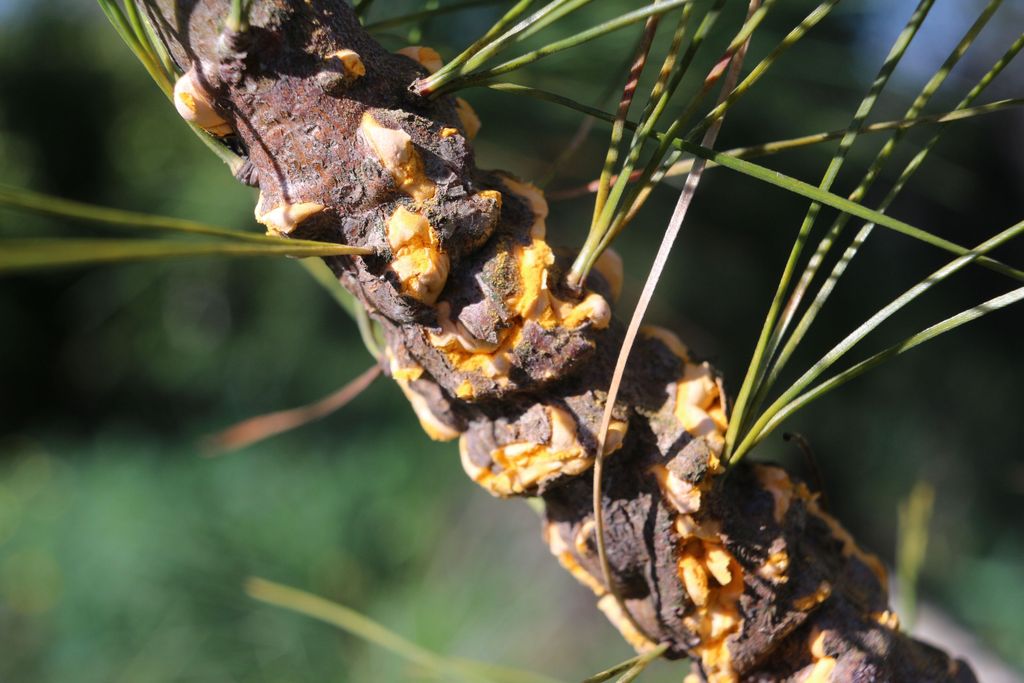
Remarkably, while America was waging this costly war, Europe adopted a fundamentally different approach. The “white pine blister rust” had also been introduced to European blackcurrant plants long ago. However, European nations, not relying as heavily on white pine as the U.S. did for their primary timber industry, made a distinct choice. They simply “sacrificed the white pine to retain the Ribes,” as documented in History of White Pine Blister Rust Control: A Personal Account. This divergent path meant that while blackcurrants vanished from the American consciousness, they continued to thrive and be cherished across the Atlantic, maintaining their prominent place in the European diet, favored for jams, cordials, juices, and fresh consumption.
The federal “Ribes restriction was lifted at the federal level in 1966,” offering a glimmer of hope. However, by then, the damage had been irrevocably done. Generations had passed without the blackcurrant, relegating it to “an afterthought at best, or an enemy at worst.” The memory of its flavor, its culinary versatility, and its agricultural potential had simply faded from collective memory. The federal ban might have been rescinded, but the legacy of suppression lingered fiercely at the state level. “States were slow to end their bans, and roughly a dozen, mostly in the Northeast, maintain restrictions or outright prohibitions to this day.” This patchwork of regulations further solidified the blackcurrant’s forgotten status in American agriculture, ensuring it remained an obscure fruit, buried under layers of historical decree and lost familiarity.
The journey of the blackcurrant through American history is a compelling narrative of ecological conflict and economic prioritization. From its initial welcome as a familiar comfort for settlers to its dramatic banishment in the name of timber, the berry’s story is a testament to the profound and sometimes unexpected consequences of human intervention in the natural world. It underscores how swiftly a cherished crop can become an outcast, cast to the fringes of agriculture and memory. What once rivaled the modern blackberry industry in scale was all but buried, a mere shadow of its former self on U.S. soil.
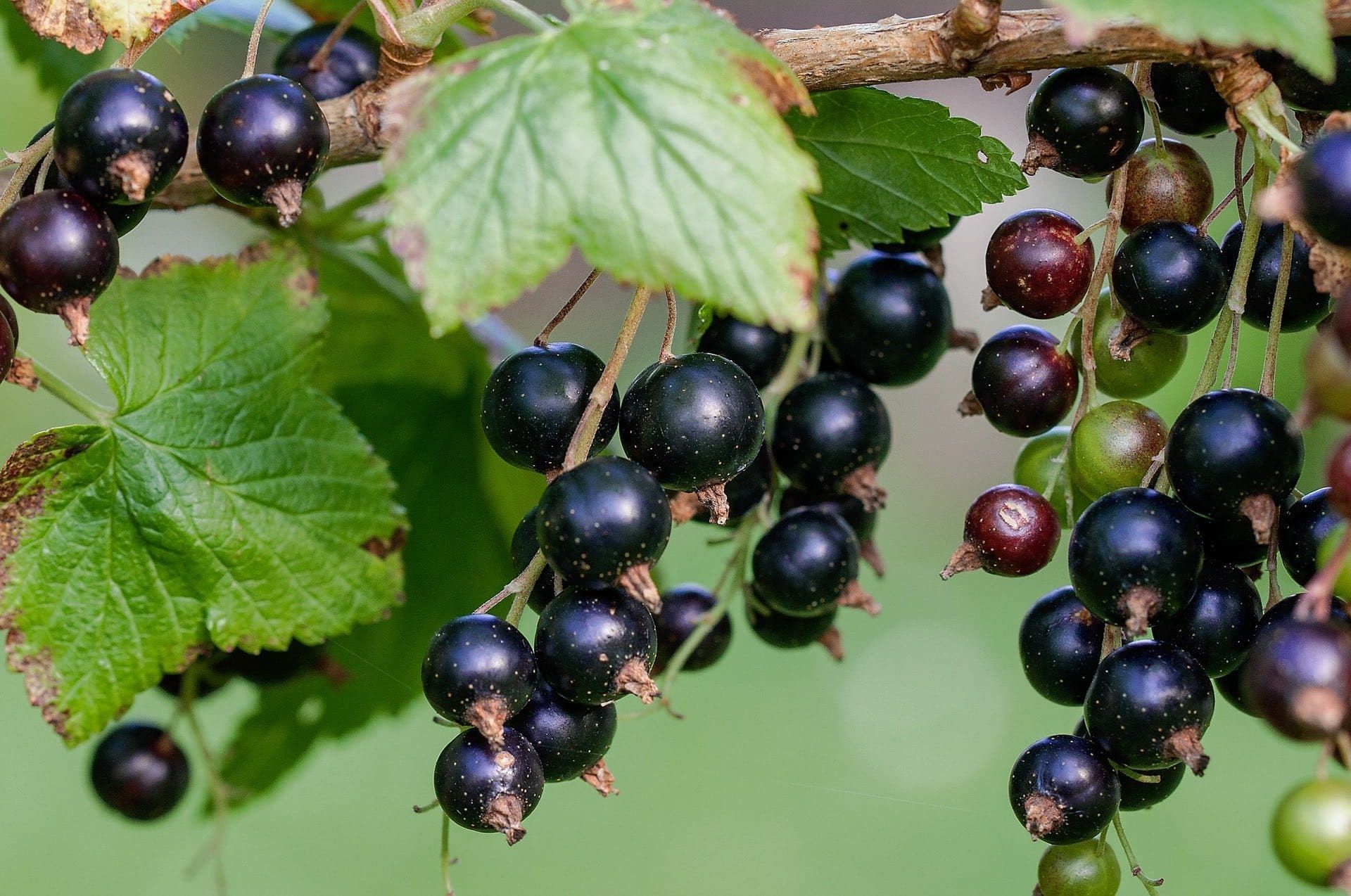
Yet, this fascinating saga does not end with a whimper. A new chapter began to unfold “after more than half a century,” when scientific innovation offered a path toward reconciliation. Researchers successfully “discovered a new variant of blackcurrant that was resistant to the fungal disease threatening the white pine.” With this breakthrough, the primary threat to the timber industry was neutralized, paving the way for a potential return. Consequently, in “1966,” the U.S. government “left it to the states to decide whether to lift the ban” on blackcurrants. This decentralization meant a slow, piecemeal re-entry, with New York, once the heart of blackcurrant production in the late 19th century, leading the charge. It was not until “2003” that New York became “the first state to lift the blackcurrant ban in the continental U.S.” Since then, other states, such as “Connecticut and Vermont,” have followed suit, rescinding their own prohibitions. However, the shadow of the past remains, with “neighboring Massachusetts and Maine (the ‘Pine Tree State’)” among the many states where such bans regrettably persist, a lingering echo of a century-old fear.
This long banishment, however, has paradoxically set the stage for a remarkable potential comeback, one that perhaps embodies the “so-called Streisand effect.” This intriguing phenomenon, as Merriam-Webster explains, posits that “banning books, foods, or other products inadvertently leads people to seek those products out more.” Could the blackcurrant, with its “juicy flavor, antioxidant properties, and underground production means,” become the next powerful example of this effect? Its unique history, shrouded in mystery and prohibition, could very well ignite a renewed curiosity and desire among Americans, prompting them to rediscover this extraordinary berry that was once literally forbidden. This anticipation of a blackcurrant resurgence on U.S. soil paints a hopeful picture, hinting at a future where this once-vilified fruit finally reclaims its rightful place in American culinary and agricultural consciousness.
Yet, the saga of the blackcurrant in America is far from over; in fact, its most hopeful chapter is only just beginning to unfold. After more than half a century of banishment, a quiet yet determined movement is underway to reintroduce this resilient berry to American palates and agricultural landscapes. This revival is largely attributable to a crucial scientific breakthrough: the successful discovery of new variants of blackcurrant that possess a natural resistance to the very fungal disease that once threatened the white pine industry. This neutralization of the primary threat has fundamentally altered the situation, paving the way for the blackcurrant’s potential return.
The federal “Ribes restriction was lifted at the federal level in 1966,” marking the first official step towards reconciliation. However, the path to full acceptance has been, and continues to be, a slow and fragmented one. The U.S. government, recognizing the localized nature of the issue, “left it to the states to decide whether to lift the ban” on blackcurrants. This decentralization meant that while some states moved quickly, others lagged, creating a patchwork of regulations that has persisted for decades. It was not until “2003” that New York, a state historically significant as the heart of blackcurrant production in the late 19th century, courageously became “the first state to lift the blackcurrant ban in the continental U.S.”
Since New York’s pioneering move, other states have gradually begun to follow suit, signaling a growing awareness of the blackcurrant’s changed status. States such as “Connecticut and Vermont” have, for instance, also rescinded their own long – standing prohibitions, allowing cultivation and sale once again. Despite these positive developments, the long shadow of the past still looms large. Troublingly, “neighboring Massachusetts and Maine (the ‘Pine Tree State’)” remain among the many states where such bans regrettably persist to this day. These lingering prohibitions serve as a stark reminder of how deeply ingrained the fear of the white pine blister rust had become, even after the scientific rationale for the ban was largely mitigated.

Despite the fragmented regulatory landscape, a small yet dedicated community of growers is diligently working to bring the blackcurrant back from the fringes. Today, it is estimated that “nearly 1,000 farms are currently growing blackcurrants in the U.S., spanning about 500 acres,” though this is a mere fraction of the 7,400 acres cultivated before the ban. These burgeoning operations are concentrated primarily in areas such as New York, Wisconsin, and the Pacific Northwest, where growers are slowly but surely re – establishing the berry’s presence. However, the current scale of production still indicates a significant challenge: the “lack of a robust market.” Consequently, “most farms sell directly to consumers or have ‘you – pick’ operations,” illustrating the nascent stage of the blackcurrant’s re – entry into the broader American food system.
A significant portion of the blackcurrant plants currently thriving in American soil trace their lineage back to “cultivars that originated from Canada.” Interestingly, Canada adopted a much more pragmatic approach than the U.S. during the height of the white pine blister rust crisis. Rather than outright banning Ribes plants, the Canadian government invested in and supported the development of currant varieties specifically bred for their resistance to the fungal disease. These Canadian currants, while genetically robust, were primarily developed with disease resistance in mind, and their flavor profile often reflects this utilitarian origin. As Lily Hislop, who heads the “only institutionally – backed blackcurrant breeding program in the Western Hemisphere at the Savanna Institute,” observes, these varieties tend to be “distinctly pungent” in a way that doesn’t always align with the typical American palate, which perhaps leans towards more conventionally sweet or mild fruit flavors. This taste difference presents a unique challenge and opportunity for the blackcurrant’s broader acceptance.
Lily Hislop’s work at the Savanna Institute is absolutely crucial in bridging this flavor gap and truly cementing the blackcurrant’s comeback. She is actively involved in efforts to “release more appealing varieties” that could better resonate with unacquainted American consumers. These new cultivars are being developed from the plant materials of a long – time breeder from British Columbia, offering a fresh perspective on the berry’s potential. Her efforts are already bearing fruit, quite literally, as these new cultivars are “gaining popularity and regularly selling out,” a testament to their improved taste and the growing curiosity among consumers. Hislop is banking on the fruit’s truly “unique combination of flavors” to capture the American imagination. She describes the base notes as a complex blend of “blackberry, blueberry, and pine,” but emphasizes that “some varieties have flavors reminiscent of raspberry, citrus, or grapes.” As she passionately asserts, “We don’t have access to such complexity in our jam aisle,” highlighting the unique culinary niche blackcurrants can fill.
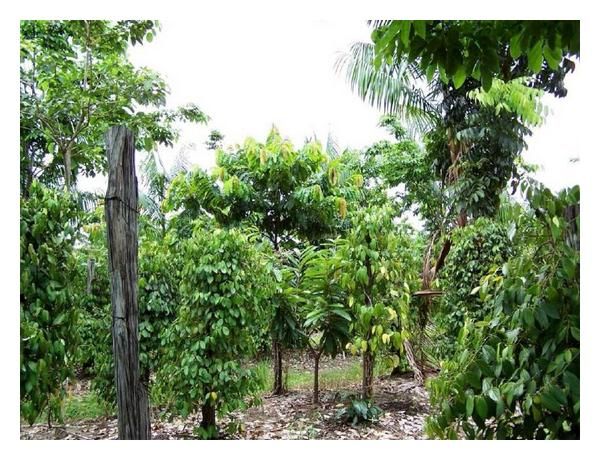
Beyond their exceptional flavor, blackcurrants possess immense potential within the burgeoning field of agroforestry. This agricultural system, which integrates trees and shrubs with crops or livestock, is ideally suited for the blackcurrant, owing to its inherent biological characteristics. Blackcurrants exhibit a remarkable “tolerance of shade”—an evolutionary adaptation resulting from centuries of thriving in woodland habitats. This renders them an ideal candidate as an “understory crop,” capable of growing productively beneath taller trees, thereby maximizing land – use efficiency. Hislop and her colleagues at the University of Wisconsin are even planning a research trial to explore the currant’s potential in “agrivoltaics,” a cutting – edge approach in which crops are “cultivated alongside solar panels.” This innovative pairing could combine the critical push for renewable energy with the vital drive to keep farmland actively producing crops, offering a truly sustainable model for the future.
Kevin Wolz, the visionary founder of the Savanna Institute who now manages its for – profit spin – off, Canopy Farm Management, is taking bold steps to expedite the blackcurrant’s re – emergence. He has ambitious plans to “plant 1,000 acres of currants over the next decade,” a scale that demonstrates a serious commitment to the berry’s future. Crucially, these large plantings will be “located exclusively beneath chestnuts,” a strategic choice designed to maximize the “value of land in agroforestry” and, perhaps most importantly for farmers, to “accelerate cash flow” while they patiently await the maturation and yield of their chestnut trees. Wolz advocates this as a “very different approach to starting a new crop,” emphasizing the wisdom of integrating it “with other elements and placing it in the most ecologically relevant context, rather than advancing with some new monoculture.” This thoughtful strategy aims to construct a resilient and diverse agricultural system, not merely introduce a new commodity.
Wolz’s Canopy Farm Management is also committed to addressing the inherent risks associated with reviving a forgotten crop, especially one caught in a classic “chicken – and – egg situation.” Growers, understandably, are “reluctant to plant a berry without a market,” fearing that their efforts might not find a receptive audience. Conversely, “re – establishing the blackcurrant will require exposing it to consumers on a scale beyond what is currently possible” for individual farmers or small operations. By undertaking a larger, coordinated planting effort, Canopy Farm Management aims to bridge this gap, ensuring that enough blackcurrants are grown to truly create a noticeable market presence. As Lily Hislop succinctly puts it, “We lost the connection of people understanding and desiring the flavor and seeking it out,” a critical link that must be re – established for the berry’s lasting success.
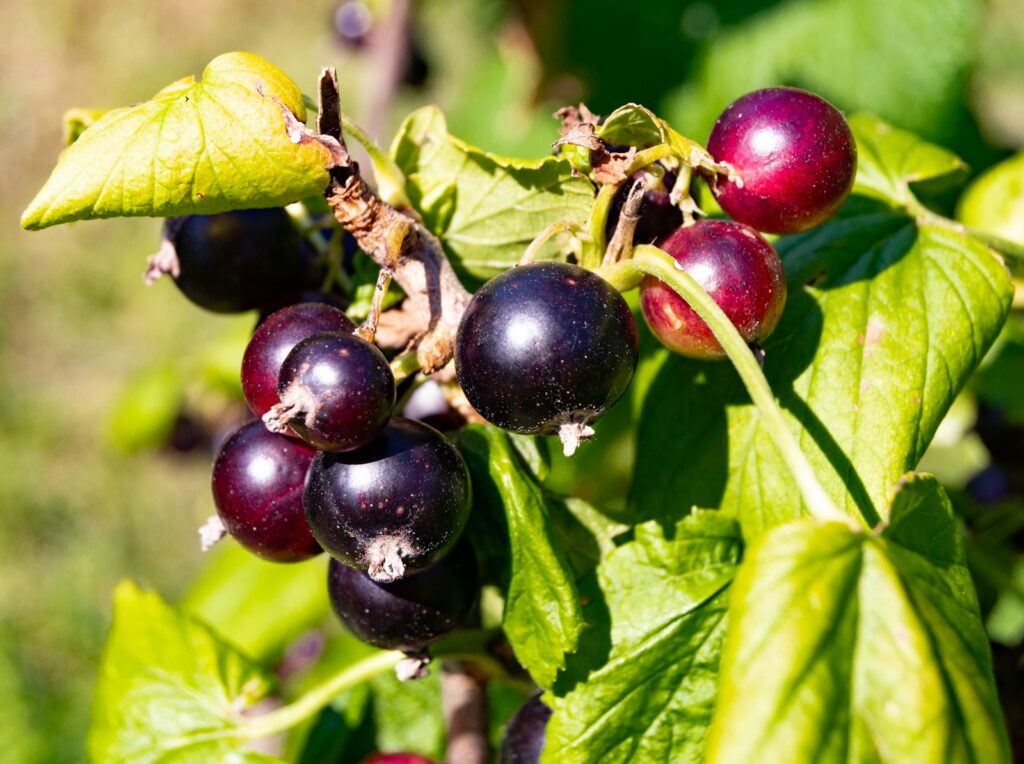
In broader discussions about the future of agroforestry, Kevin Wolz points out that “berries are often relegated to the back burner,” with nuts typically taking center stage as a potential staple crop, rich in protein, calories, and healthy fats, along with valuable oils. However, berries like the blackcurrant play a crucial complementary role, providing essential “vitamins and minerals to balance a diet.” This underscores the blackcurrant’s significance not just as a niche crop, but as a vital component of a well – rounded and sustainable food system. Its nutritional profile alone renders it a formidable contender for a resurgence.
Indeed, the blackcurrant is a veritable nutritional powerhouse, a fact that its proponents are eager to share. Greg Quinn, a passionate New York currant farmer who famously lobbied the state’s legislature to overturn the ban in 2003, can readily “recite the list as if he has been campaigning for decades.” He proudly asserts that “Currants contain twice the antioxidants of blueberries,” a well – known superfood. Furthermore, they boast “four times the vitamin C of oranges, more potassium than bananas, calcium, iron, manganese, and magnesium.” It is evident, as Quinn enthusiastically declares, that “It is a little powerhouse berry.” This impressive array of health benefits undoubtedly bolsters the case for its widespread adoption and consumption in the United States.
Adding to the blackcurrant’s promising prospects is the wealth of existing knowledge and infrastructure from abroad. While the U.S. was engaged in its costly eradication efforts, the rest of the world, particularly Europe, continued to cultivate currants without interruption. By “2020, the last year for which data are available,” Europe alone boasted “more than 100,000 acres” in production. This implies that unlike attempting to establish an entirely new, unproven crop, there is “no lack of knowledge, harvesting machinery, and plant material to support the crop’s domestic growth.” American growers can learn from centuries of European expertise, significantly accelerating the re – establishment process.
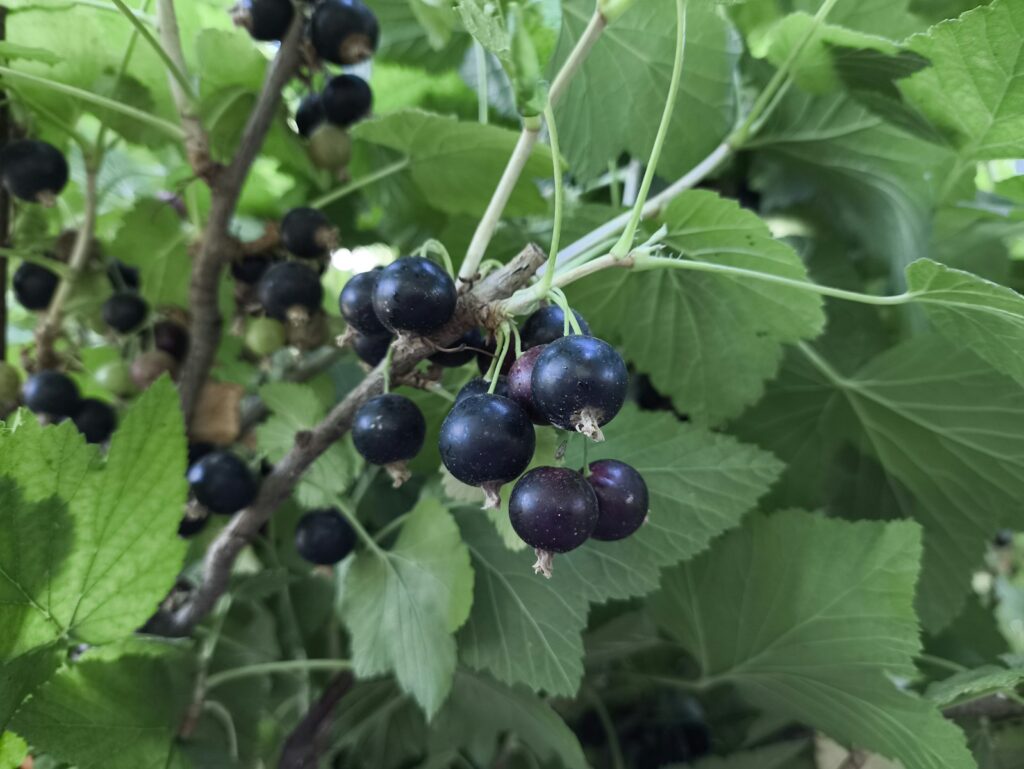
However, despite these advantages and the growing enthusiasm, the path to a full resurgence remains complex. As Hislop acknowledges, “It is a plant that is somewhat steeped in its own history,” a legacy of being considered an enemy that is difficult to shake off. She ponders, “I do not know how to disentangle it from that legacy.” This deeply ingrained perception, a consequence of decades of prohibition and public unfamiliarity, is perhaps the biggest hurdle. It will require more than just scientific breakthroughs and dedicated farmers; it will necessitate a concerted effort to re – educate the American public and rekindle their interest in this unique fruit.
Greg Quinn, at the age of 75, has devoted the last third of his life precisely to this mission. His personal connection to the blackcurrant originated in the 1970s while he was stationed in Germany as a military translator. He fell in love with the berry and even incorporated it into dishes at a restaurant he opened there. He was fascinated by their exquisite “balance of astringency and sweetness,” a versatility that enabled them to be used “just as effectively with meats as in desserts.” Decades later, when he was looking for an unusual crop for his former cattle farm in the Hudson Valley, he fortuitously rediscovered the currant. “It was like an awakening,” he recounts, a moment that set him on a lifelong pursuit.
Quinn’s persistence is legendary. He spent “months trekking to Albany and expounding the virtues of the currant to the state legislature,” tirelessly rallying support for the law that finally repealed New York’s ban in 2003. For the past 22 years, he has navigated the ups and downs of his business, CurrantC, which now proudly “sells a range of products, from jam and nectar to chocolate – covered berries grown on the 30 – odd acres he manages.” His personal journey epitomizes the dedication required to challenge long – held perceptions and forge a new future for this forgotten fruit.
Read more about: I Tried 10 Top Rated Walmart Bettergoods Items Mostly Under 5 Dollars and Here is What I Would Buy Again
Quinn, along with others who champion the blackcurrant, firmly believes that the berry is poised for a major breakthrough. He asserts that it is “just one marketing campaign short of becoming the next pomegranate or acai,” two fruits that successfully transitioned from obscurity to mainstream popularity owing to the strategic promotion of their unique qualities and health benefits. The blackcurrant’s distinct flavor profile constitutes a key asset in this regard. As Quinn aptly points out, there is a compelling reason why it is “among the most common tasting notes for bold red wines like Cabernet Sauvignon.” This sophisticated flavor, combined with its impressive nutritional value and fascinating history, could indeed be the recipe for its long – awaited and well – deserved resurgence on U.S. soil. The stage is set for this once – forbidden fruit to reclaim its rightful place in American culinary and agricultural awareness, finally shedding its past as an outcast and embracing its bright future as a celebrated gem.

